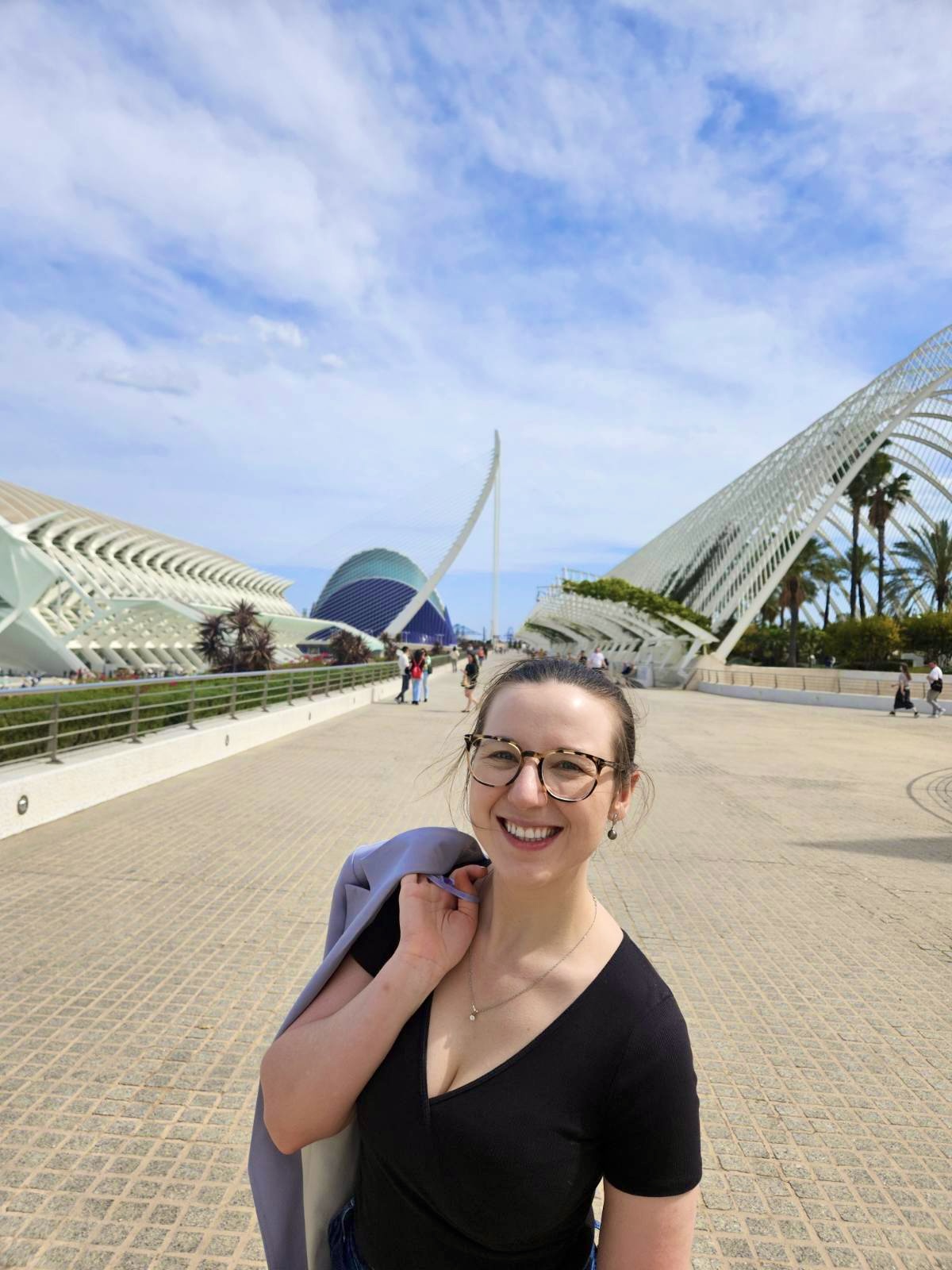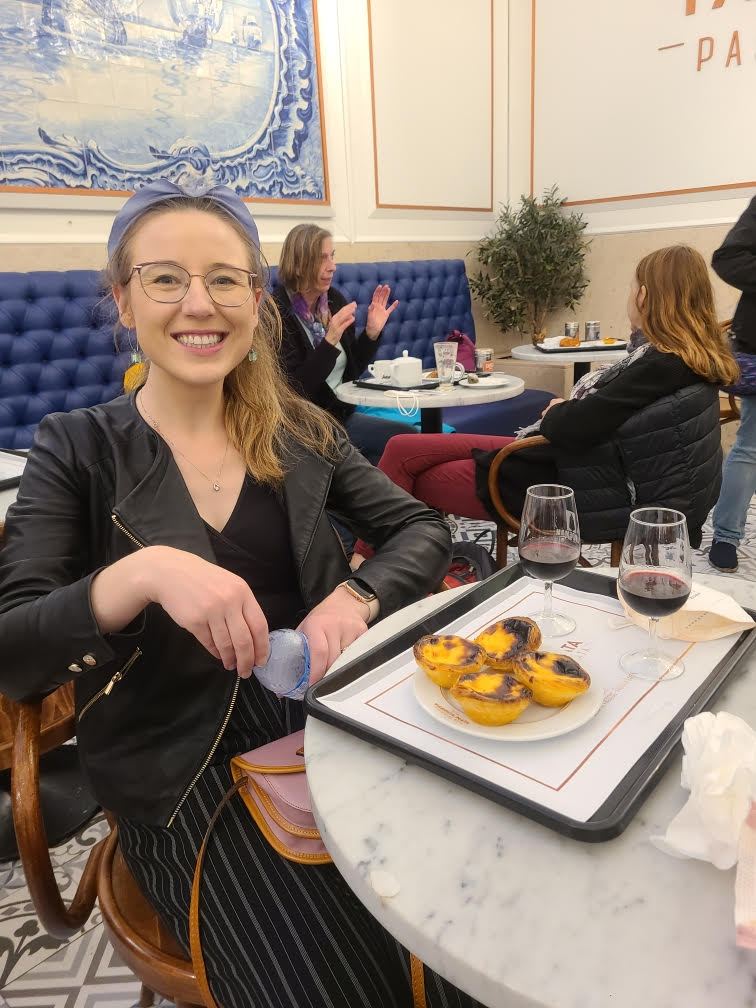“Spain’s fire, its passion, these are things that you carry within you.” — Gerard Piqué
I went to Spain for the first time in 2024 and our first stop was the absolutely stunning capital of Madrid. It’s rare to find a capital that is not coast bound but Madrid is one of those rare exceptions placing itself at the center of Spain.
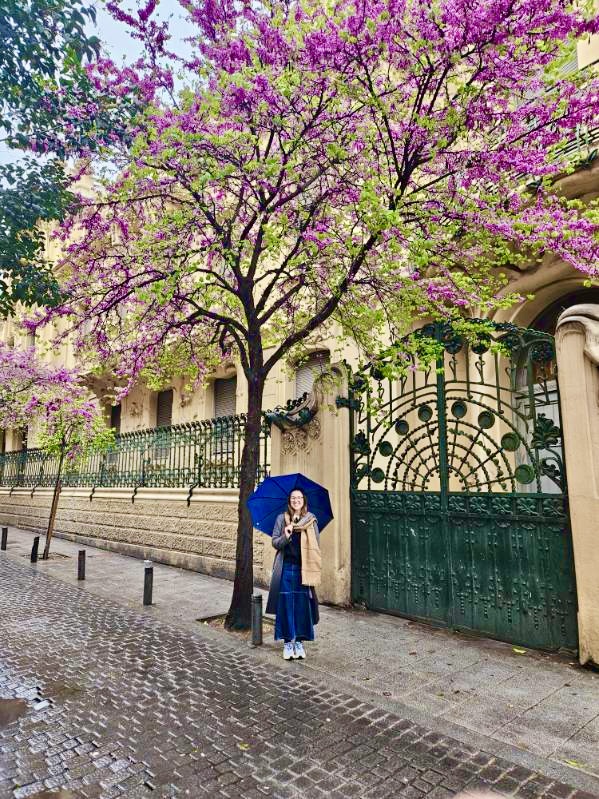
History:
Madrid is the second-largest city in the European Union, second only to Berlin, Germany. The promitive core of Madrid is a walled military outpost, which dates back to the late 9th century under the Emirate of Corodoba. Conquired by Christians in 1083, it is consolidated in the Late Middle Ages as a sizeable twn of the Crown of Castile. The development of Madrid as an administrative centre was fostered after 1561, as it became the permanent seat of the court of the Hispanic Monarchy.
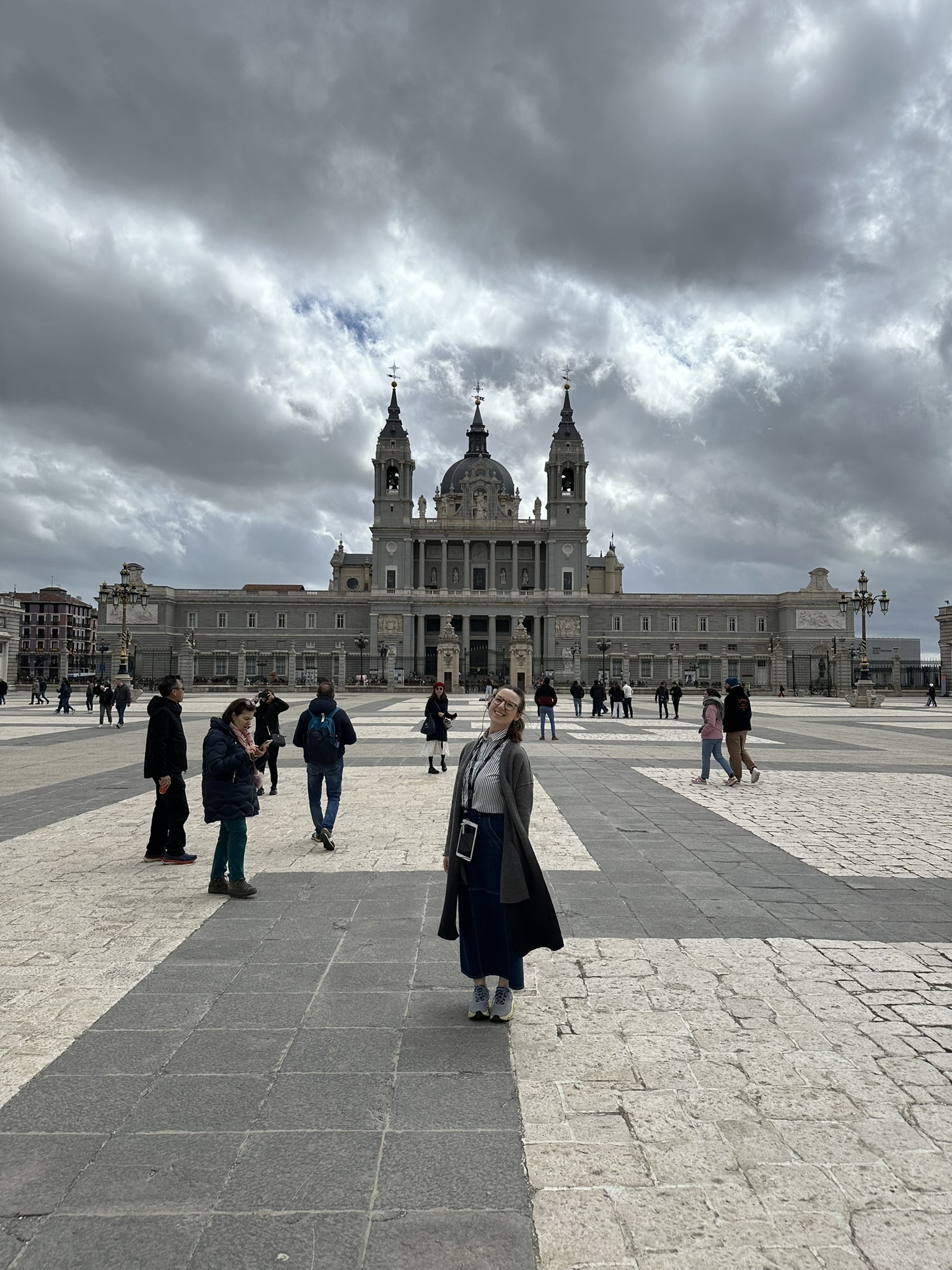
The number of urban inhabitants grew from 4,060 in 1530 to 37,500 in 1594. The poor population of the court was composed of ex-soldiers, foreigners, rogues, and Ruanes, dissatisfied with the lack of food and high prices. In June 1561, Phillip II set his court in Madrid, installing it in the old alcazar. Thanks to this, Madrid became the political centre of the monarchy, being the capital of Spain except for a short period between 1601 and 1606, in which the court was relocated to Valladolid, and the Madrid population temporarily plummeted. Being the capital was decisive for the evolution of the city and influenced its fate. During the rest of the reign of Philip II, the population boomed, going up from about 18,000 in 1561 to 80,000 in 1598.
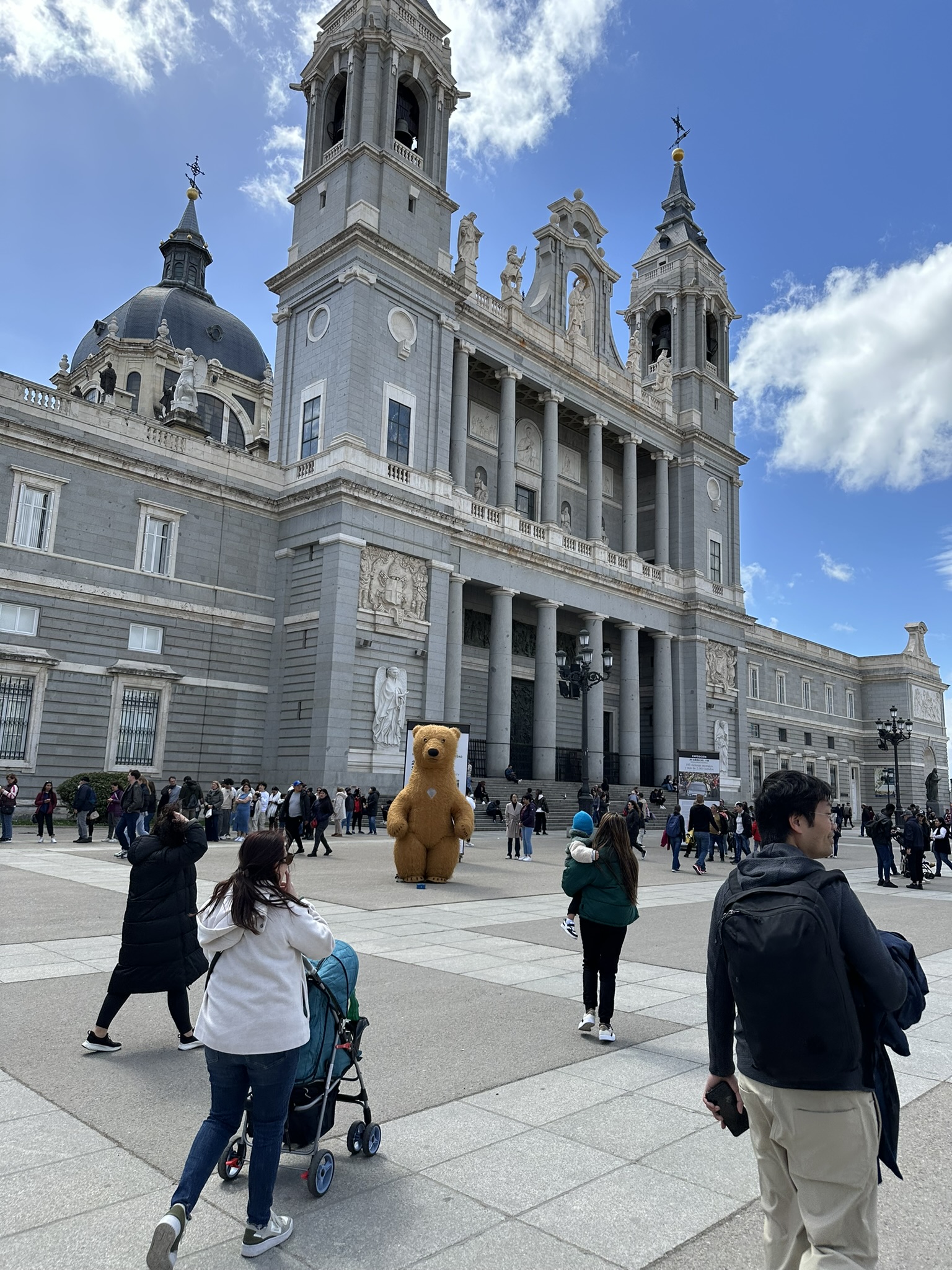
In the early 17th century, although Madrid recovered from the loss of its capital status with the return of diplomats, lords, and affluent people, as well as an entourage of noted writers and artists together with them, extreme poverty remained rampant. The century also was a time of heyday for theatre, represented in the so-called corrales de comedias.
Madrid changed hands several times during the War of the Spanish Succession: from the Bourbon control it passed to the allied “Austracist” army with Portuguese and English presence that entered the city in late June 1706, only to be retaken by the Bourbon army on 4 August 1706.[53] The Habsburg army led by the Archduke Charles entered the city for a second time in September 1710, leaving the city less than three months after. Philip V entered the capital on 3 December 1710.
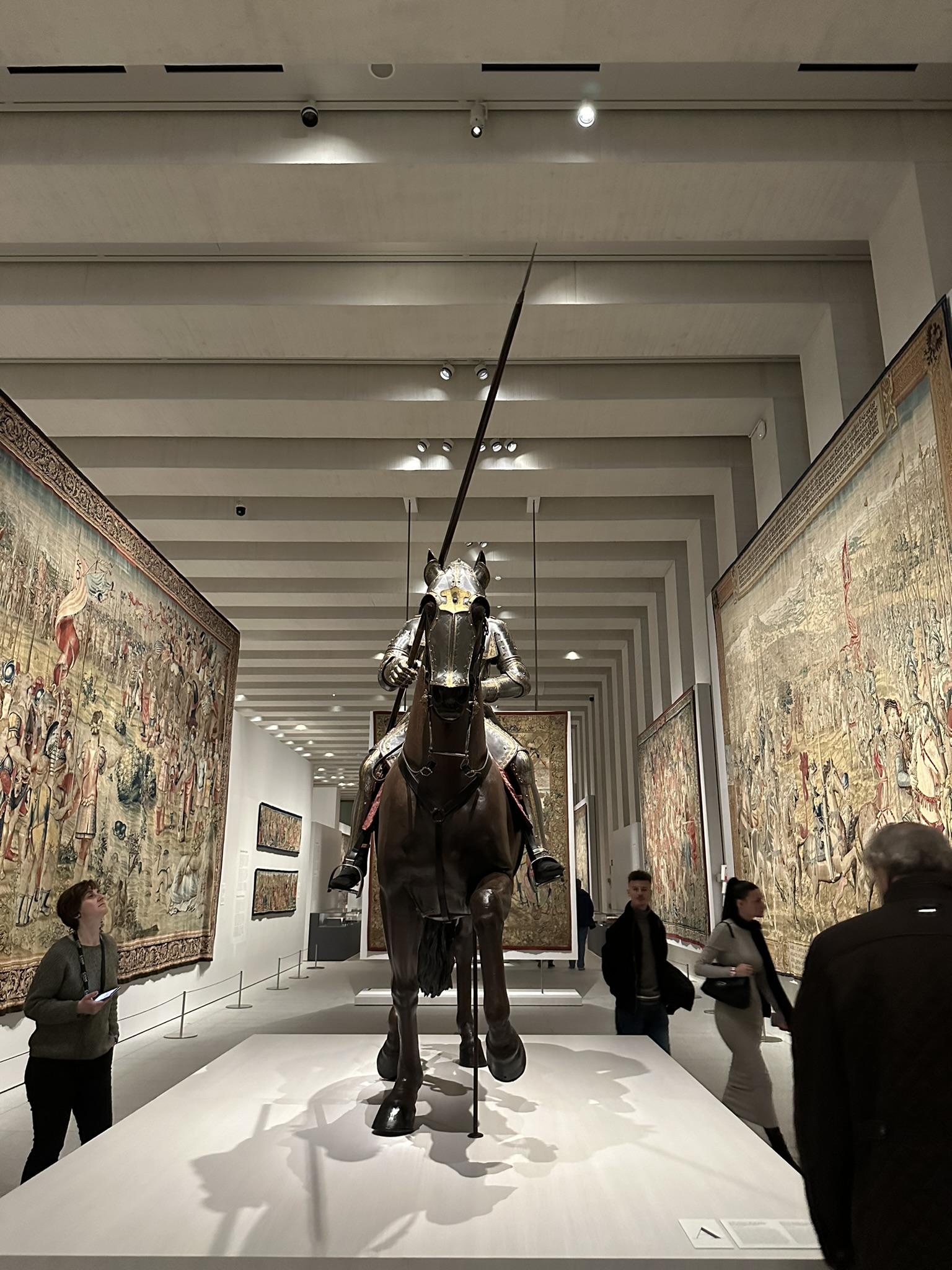
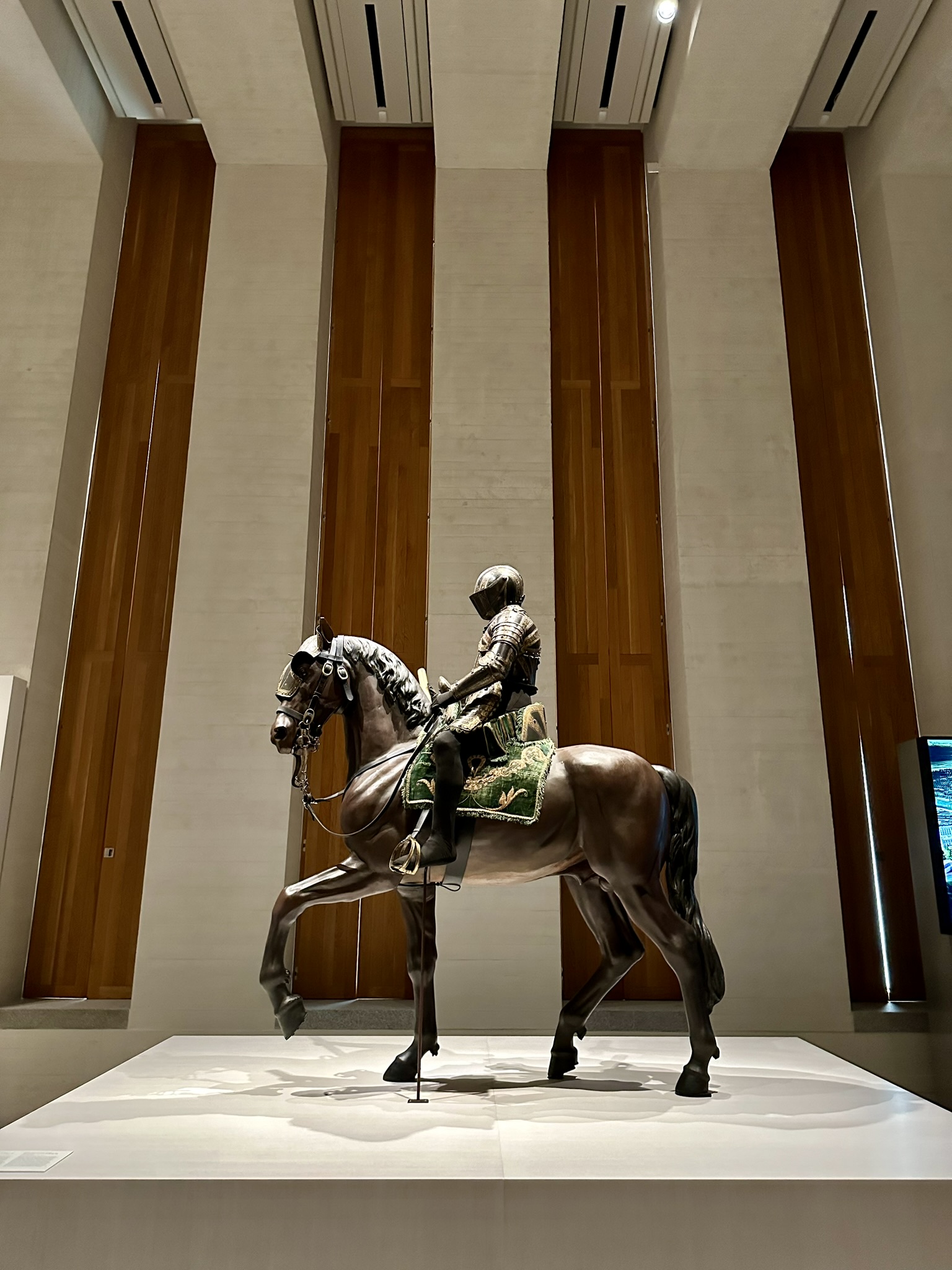
Seeking to take advantage of the Madrid’s location at the geographic centre of Spain, the 18th century saw a sustained effort to create a radial system of communications and transports for the country through public investments.
Philip V built the Royal Palace, the Royal Tapestry Factory and the main Royal Academies. The reign of Charles III, who came to be known as “the best mayor of Madrid”, saw an effort to turn the city into a true capital, with the construction of sewers, street lighting, cemeteries outside the city and a number of monuments and cultural institutions. The reforms enacted by his Sicilian minister were however opposed in 1766 by the populace in the so-called Esquilache Riots, a revolt demanding to repeal a clothing decree banning the use of traditional hats and long cloaks aiming to curb crime in the city.
Day 1:
We arrived in Madrid in the morning and settled into our beautiful hotel. The hotel offered multiple all inclusive spa services which we took advantage of include the salt water pool, sauna, and room service of local sweets and treats. In other words, it was the perfect way to spend our post-airport day.
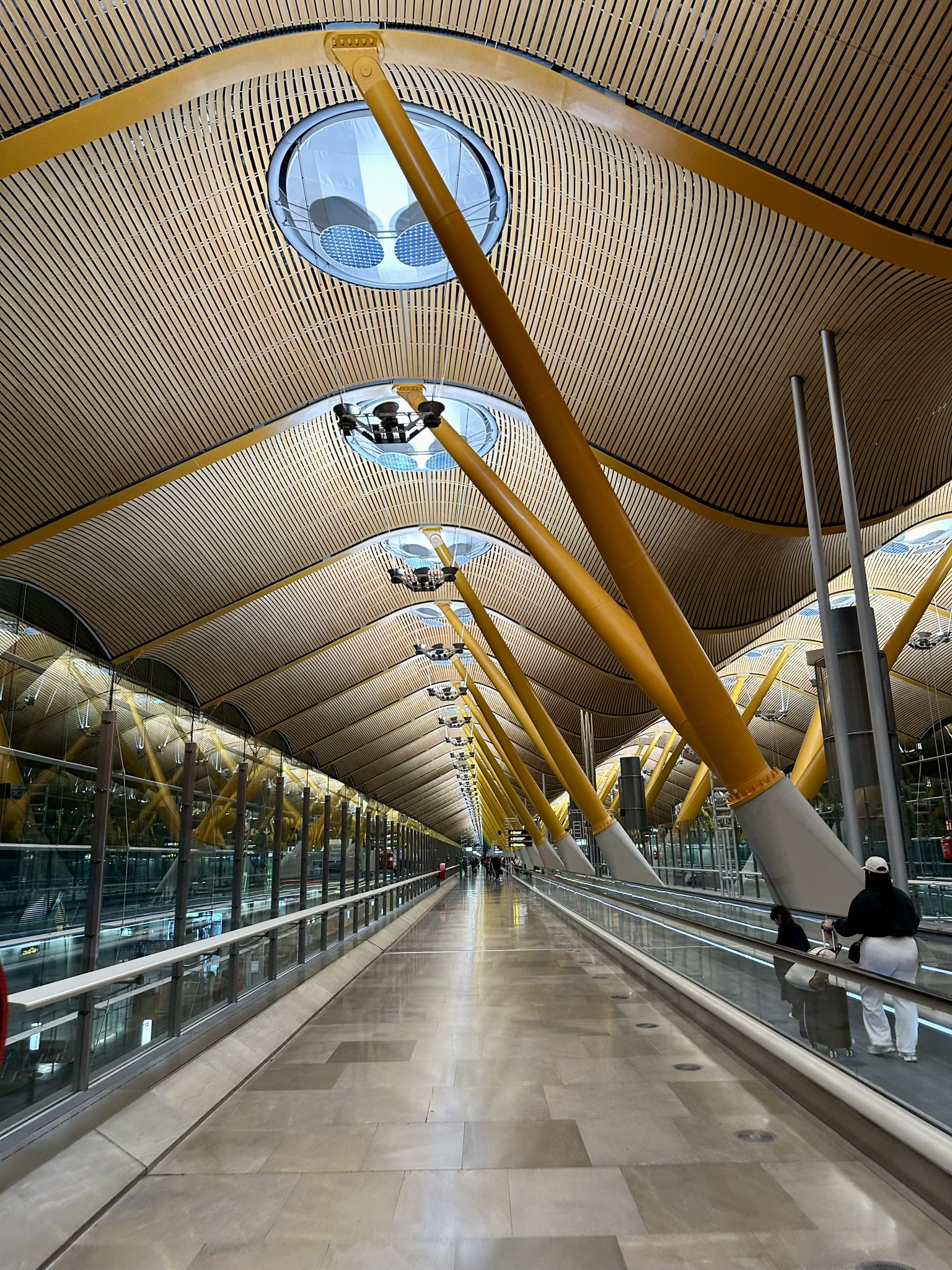
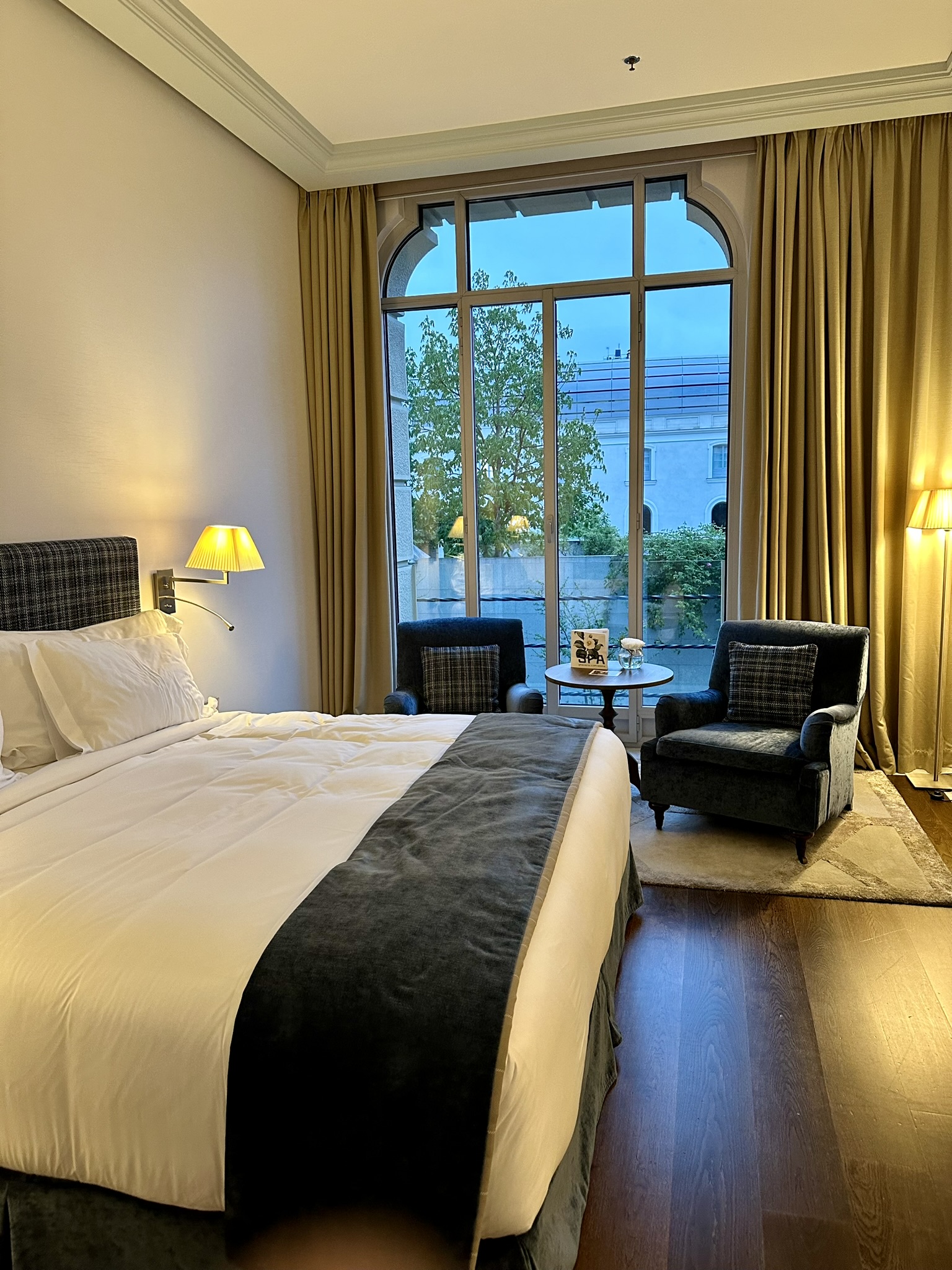
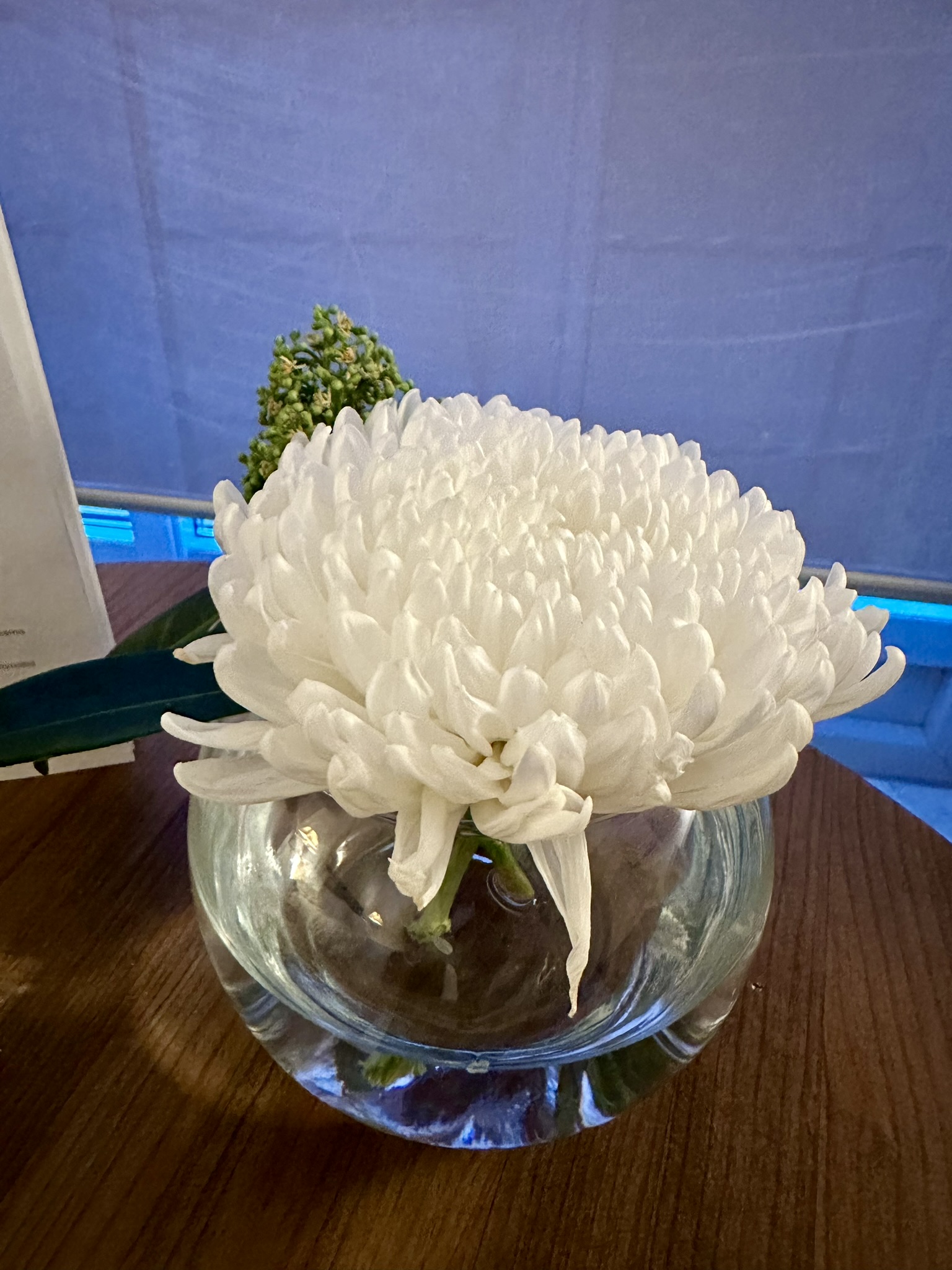
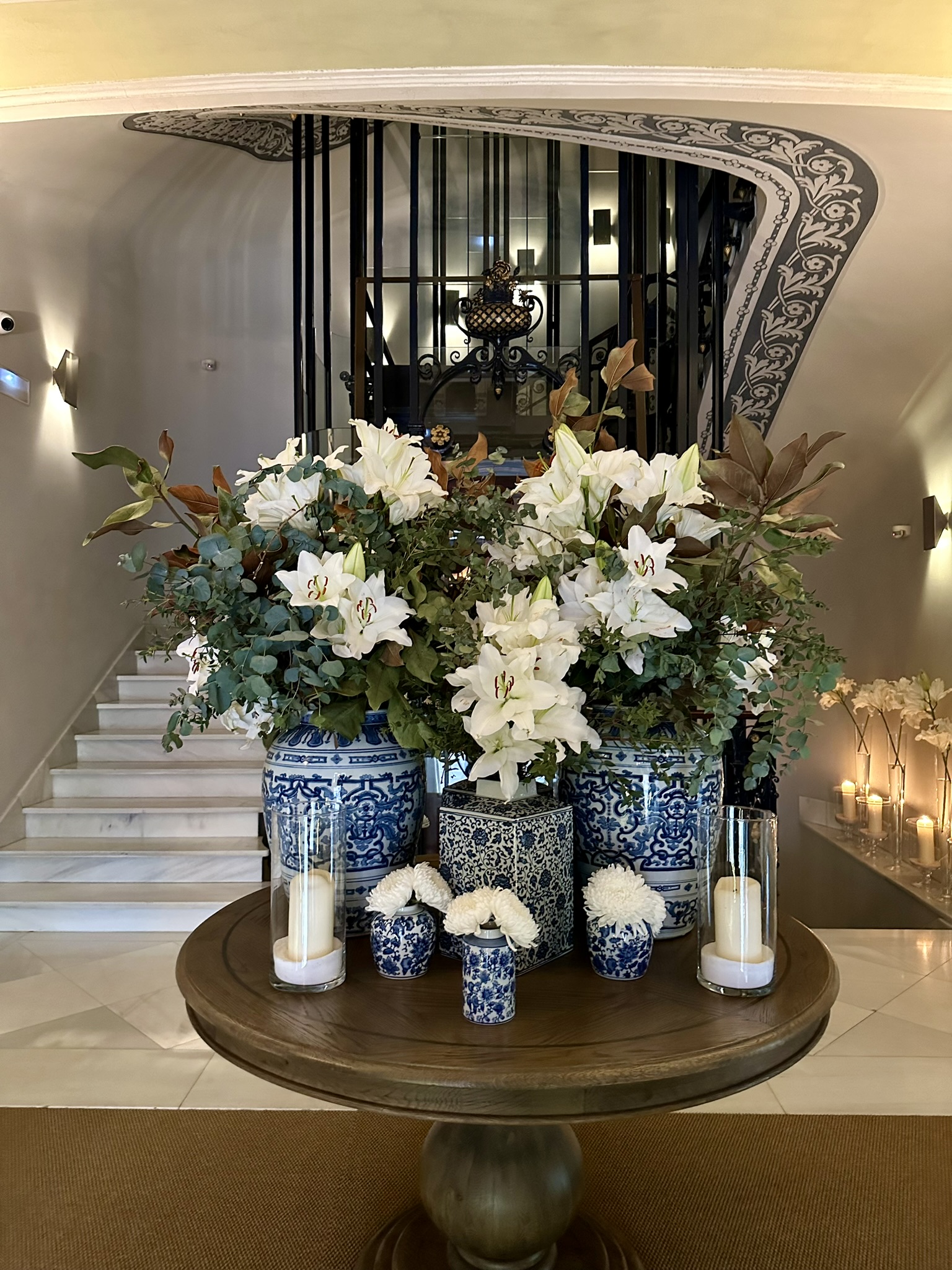

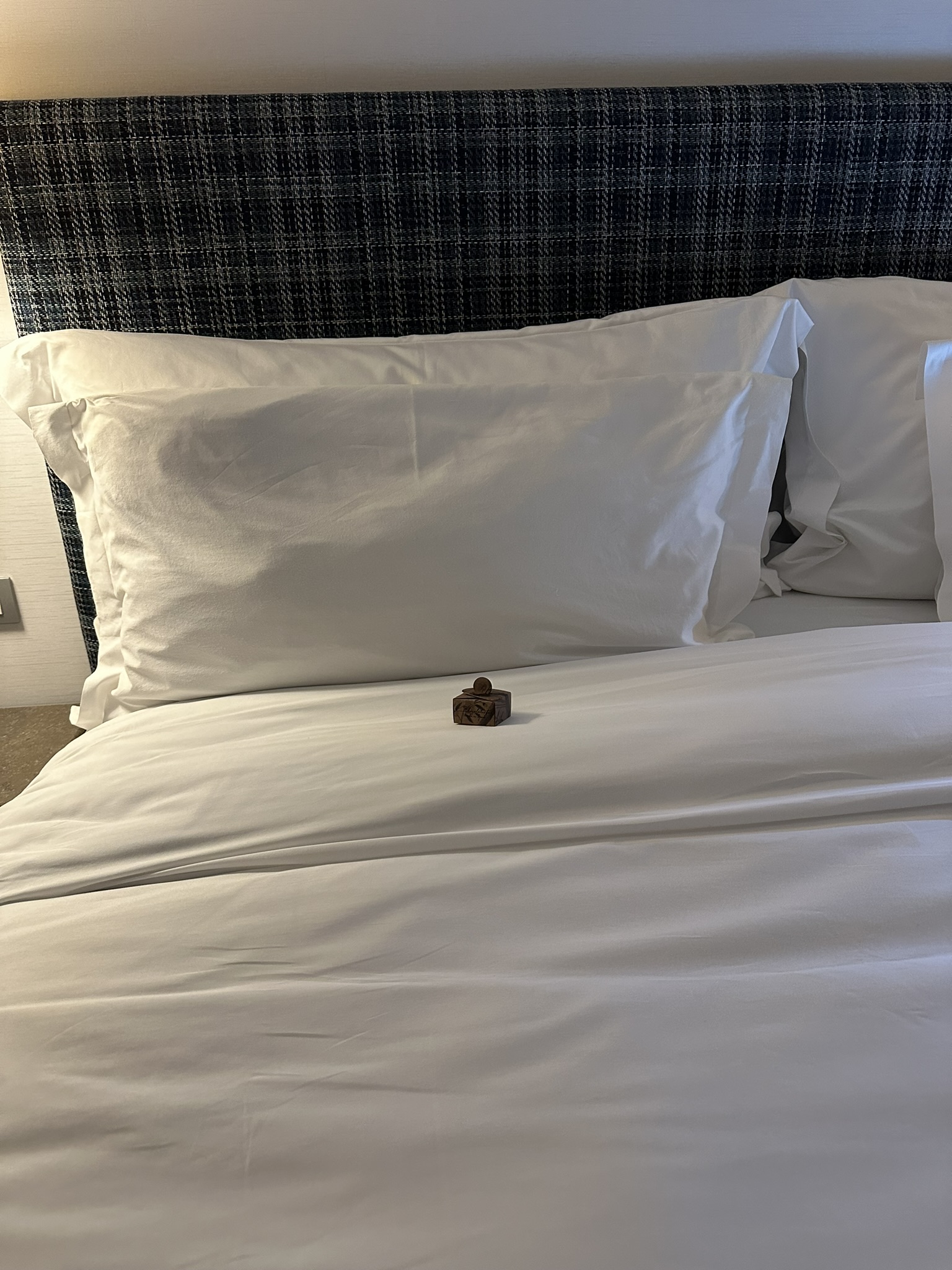
After we checked in and got some rest we immediately went into holiday mode and started exploring the beautiful city. We started with the local parks. I loved how many dogs were off leash and how well behaved they were sticking in close proximity to their owners and the walking paths.
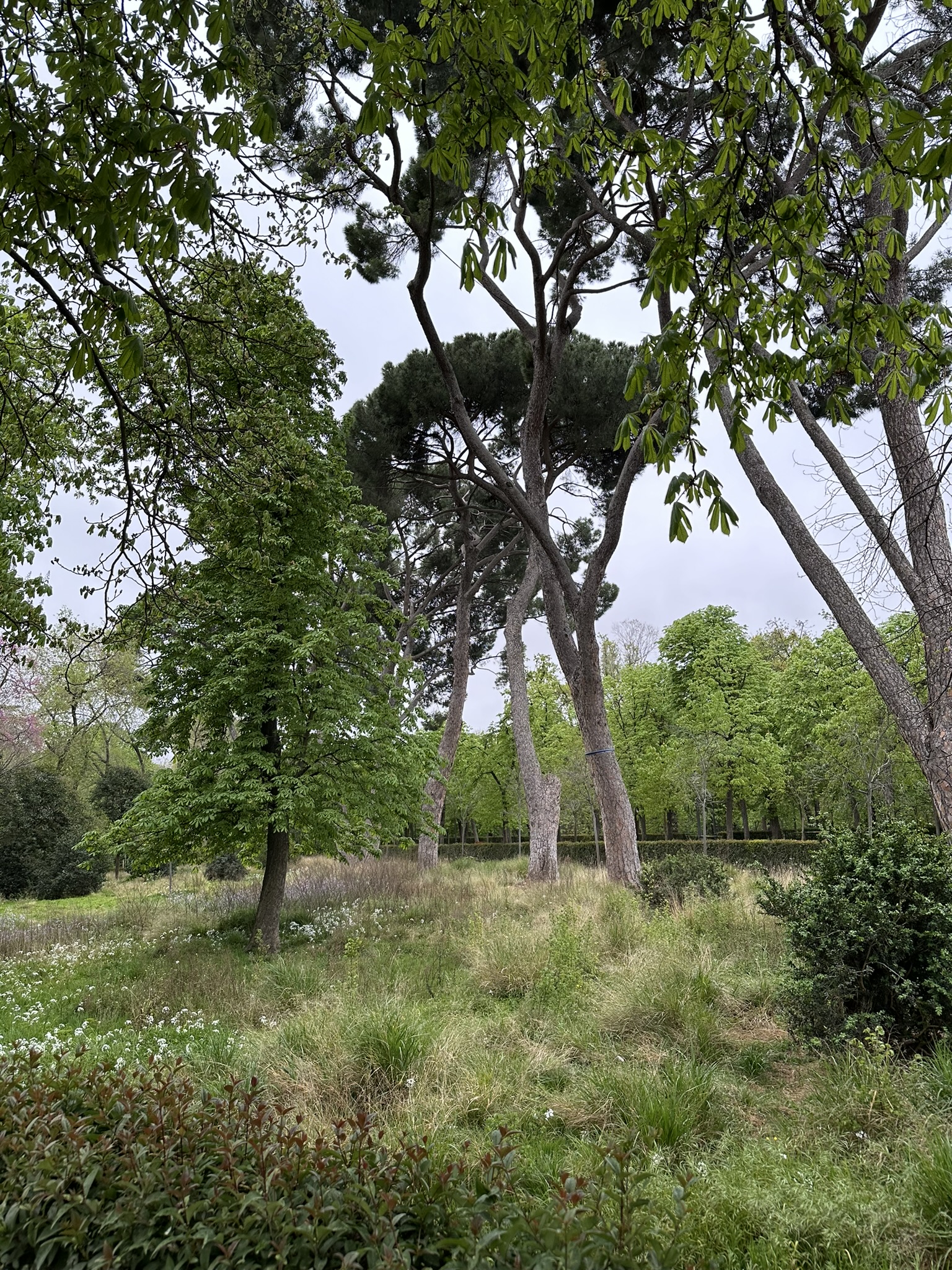
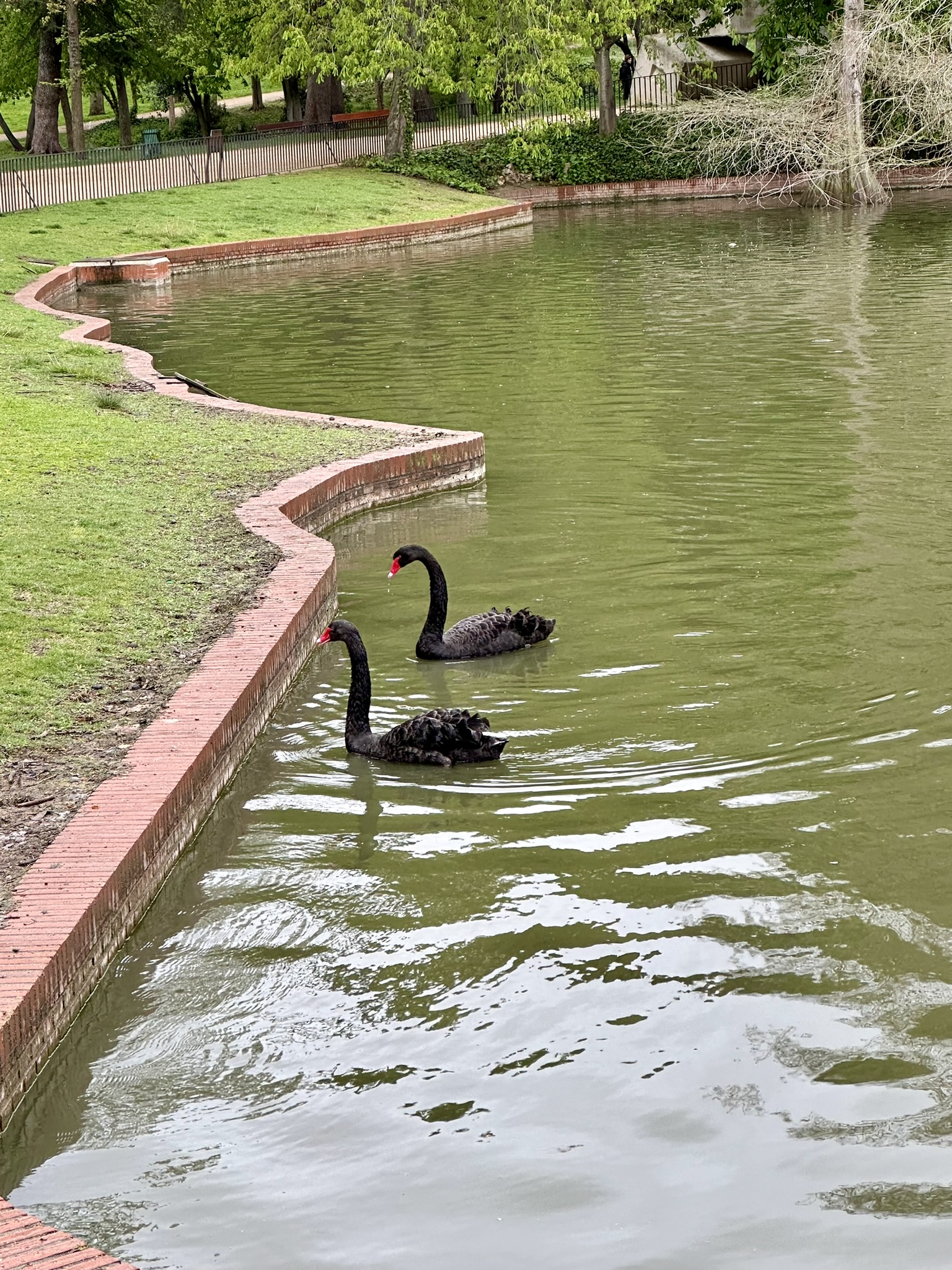
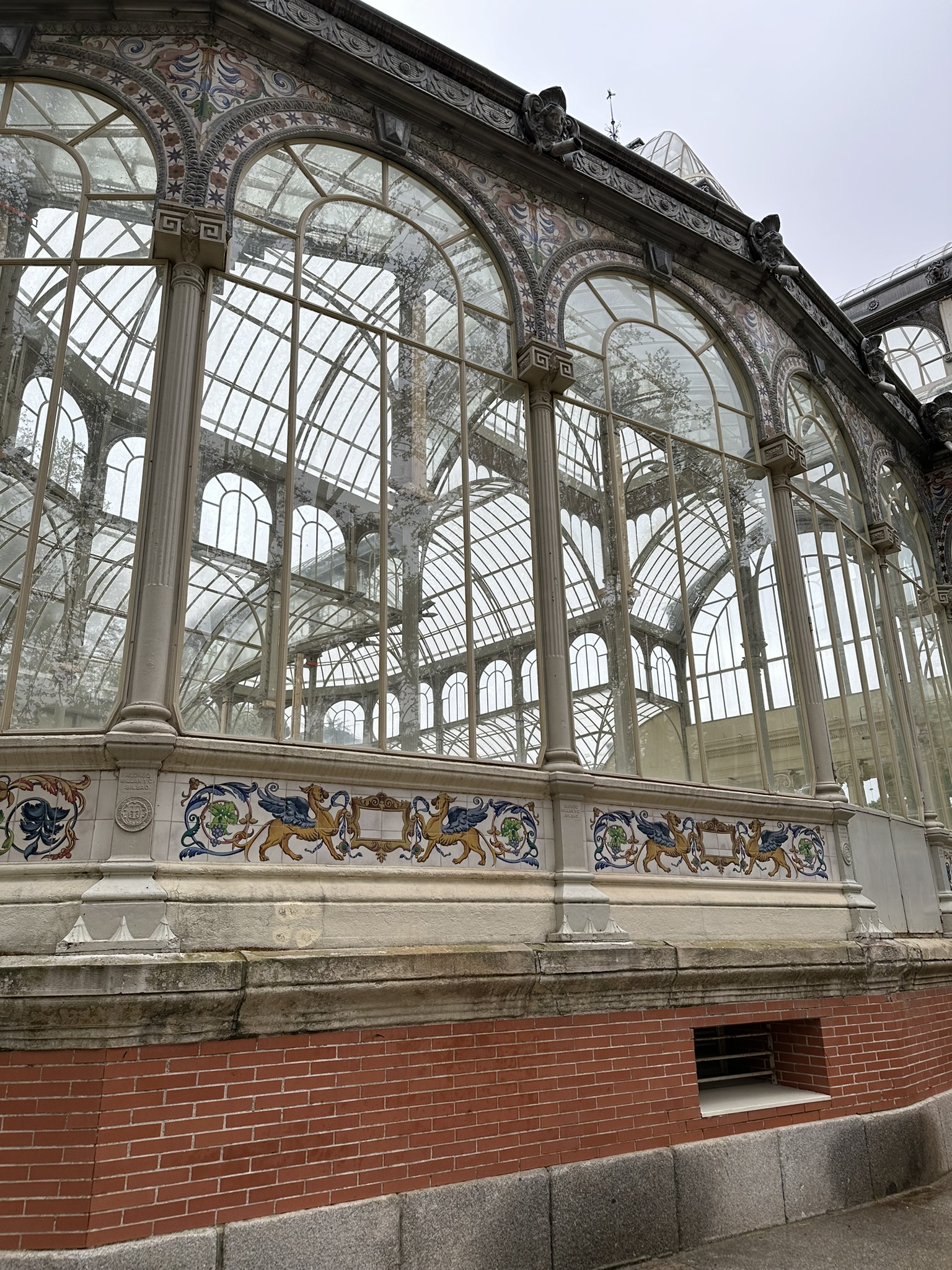
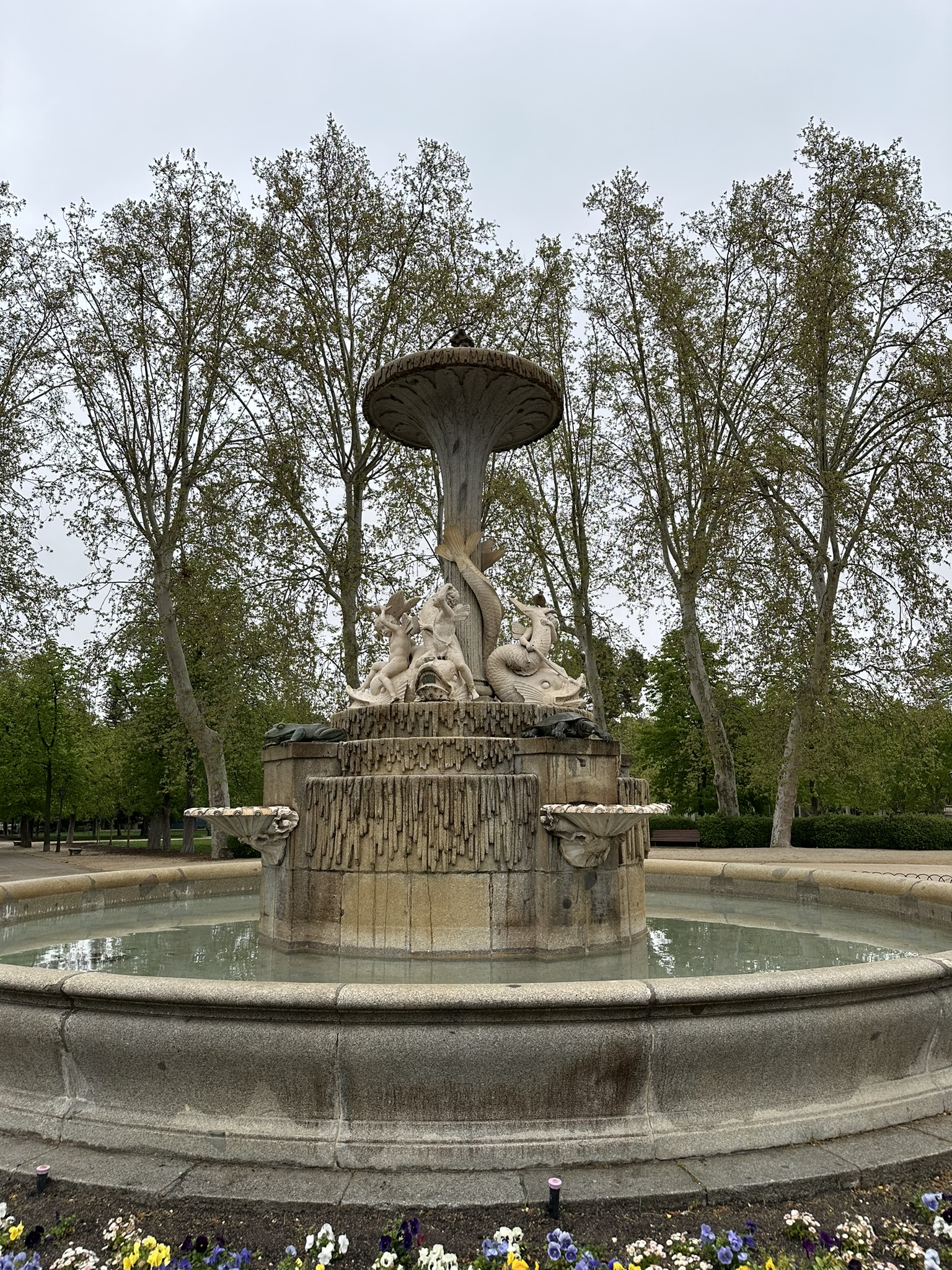
We finished the evening with an amazing dinner. I particularly loved the grilled octopus that was cooked to Spanish perfection.
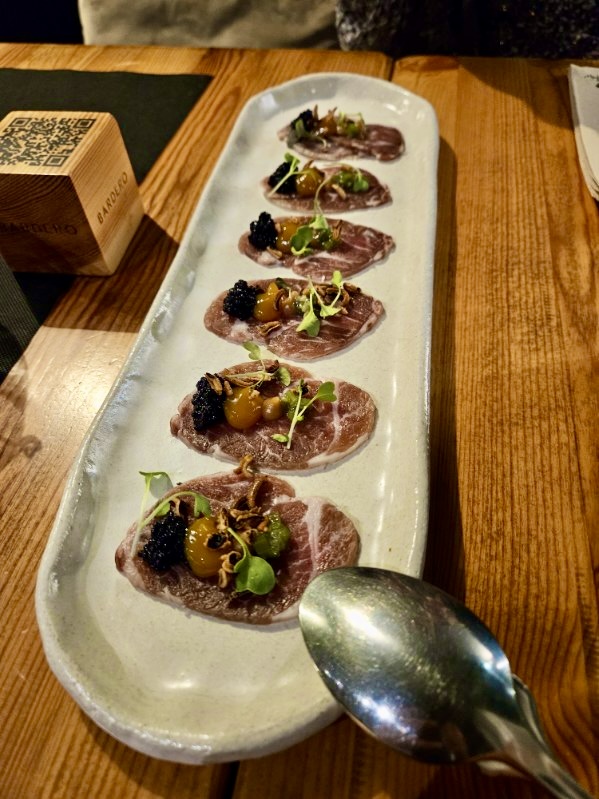

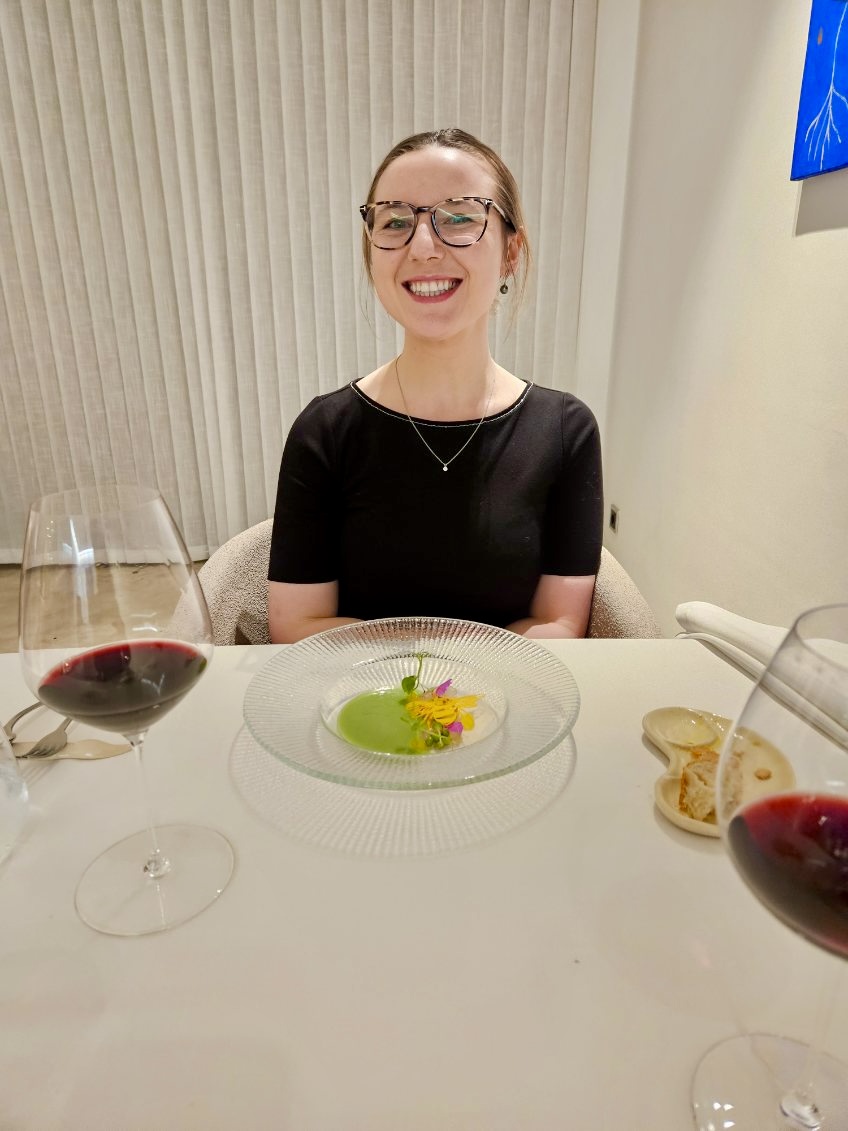
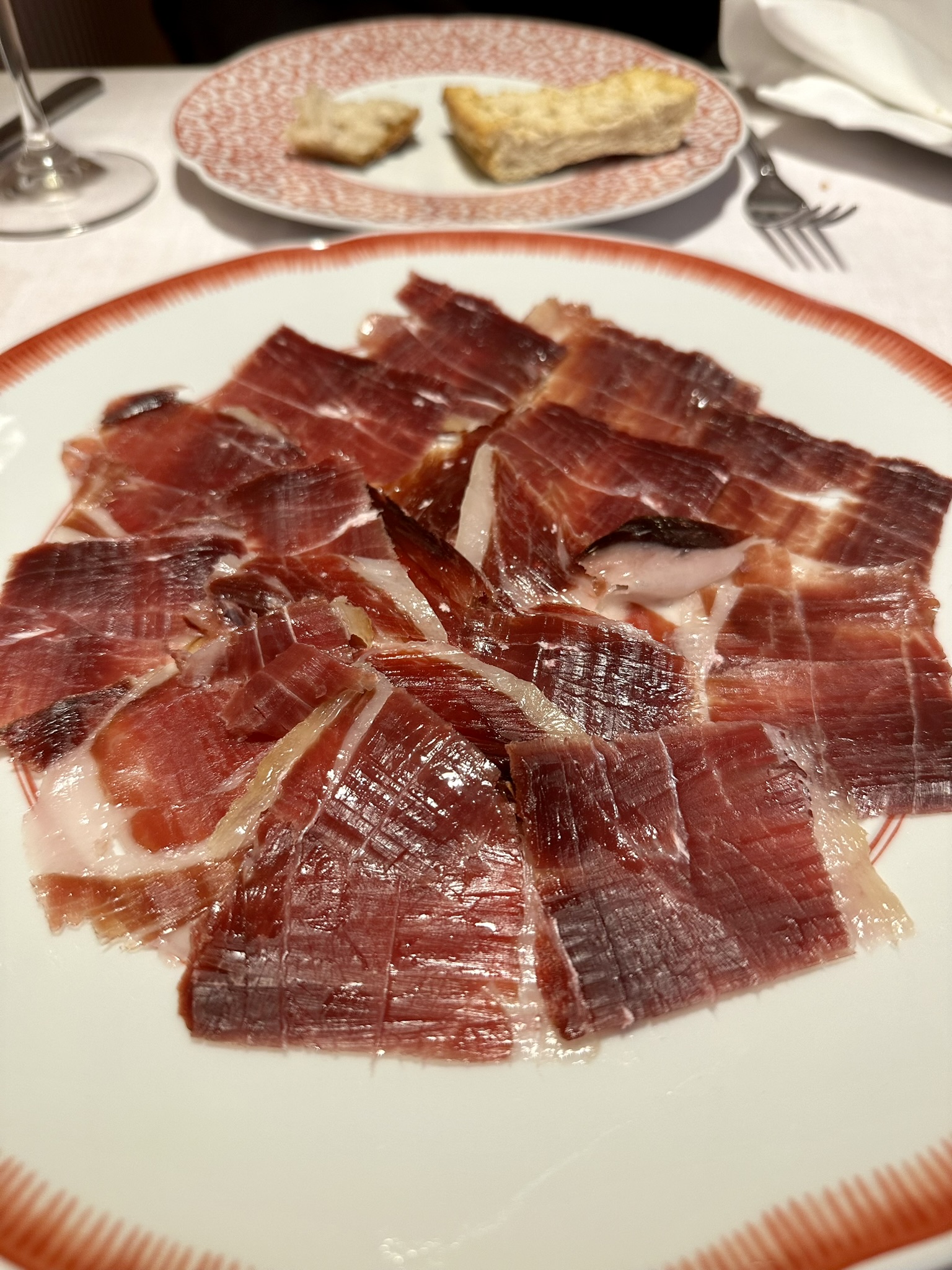



The best way to end the day is to explore the local food and drinks scene. I still have dreams about the most amazing smoky cocktail I have yet to be able to replicate.
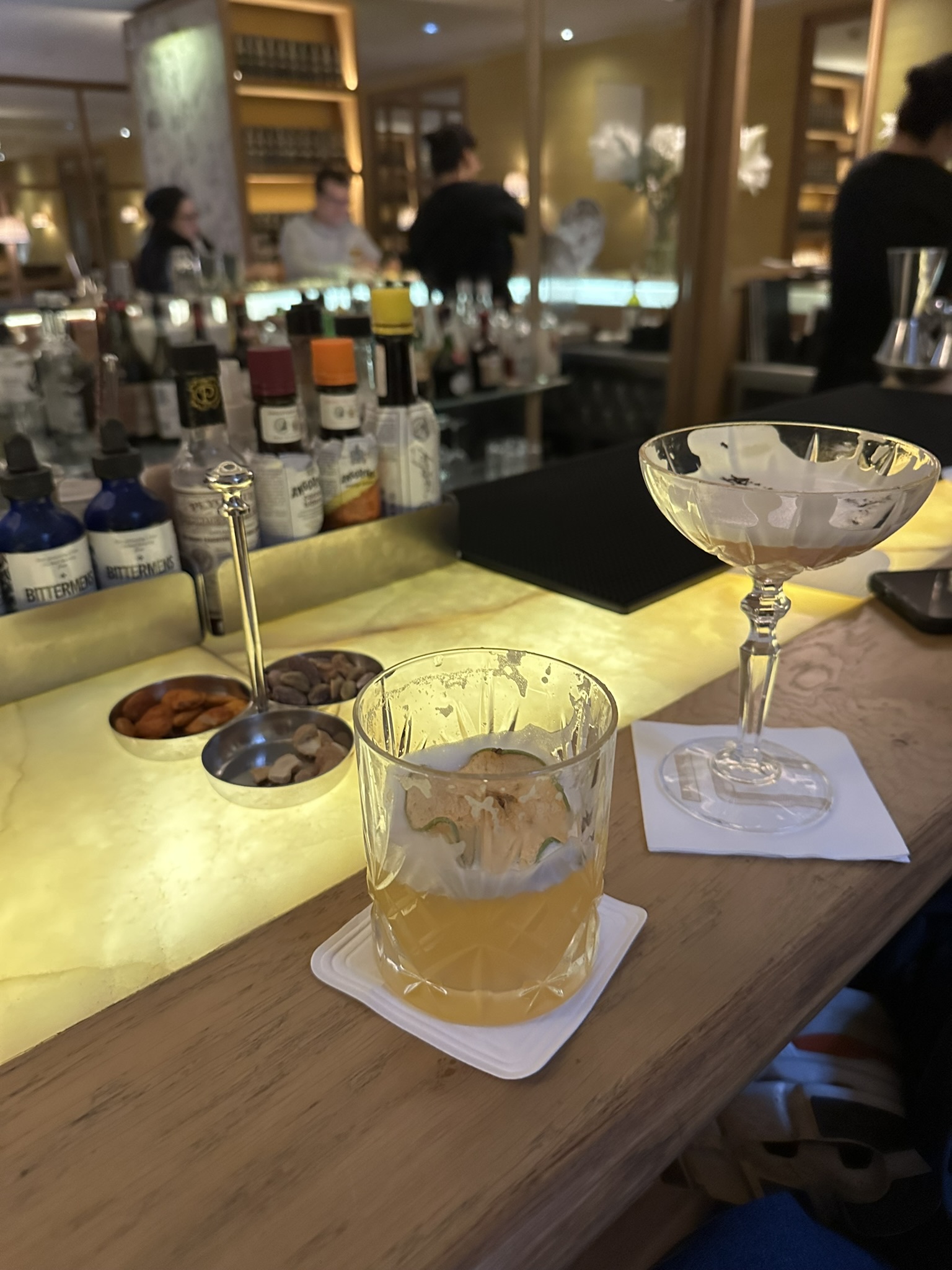
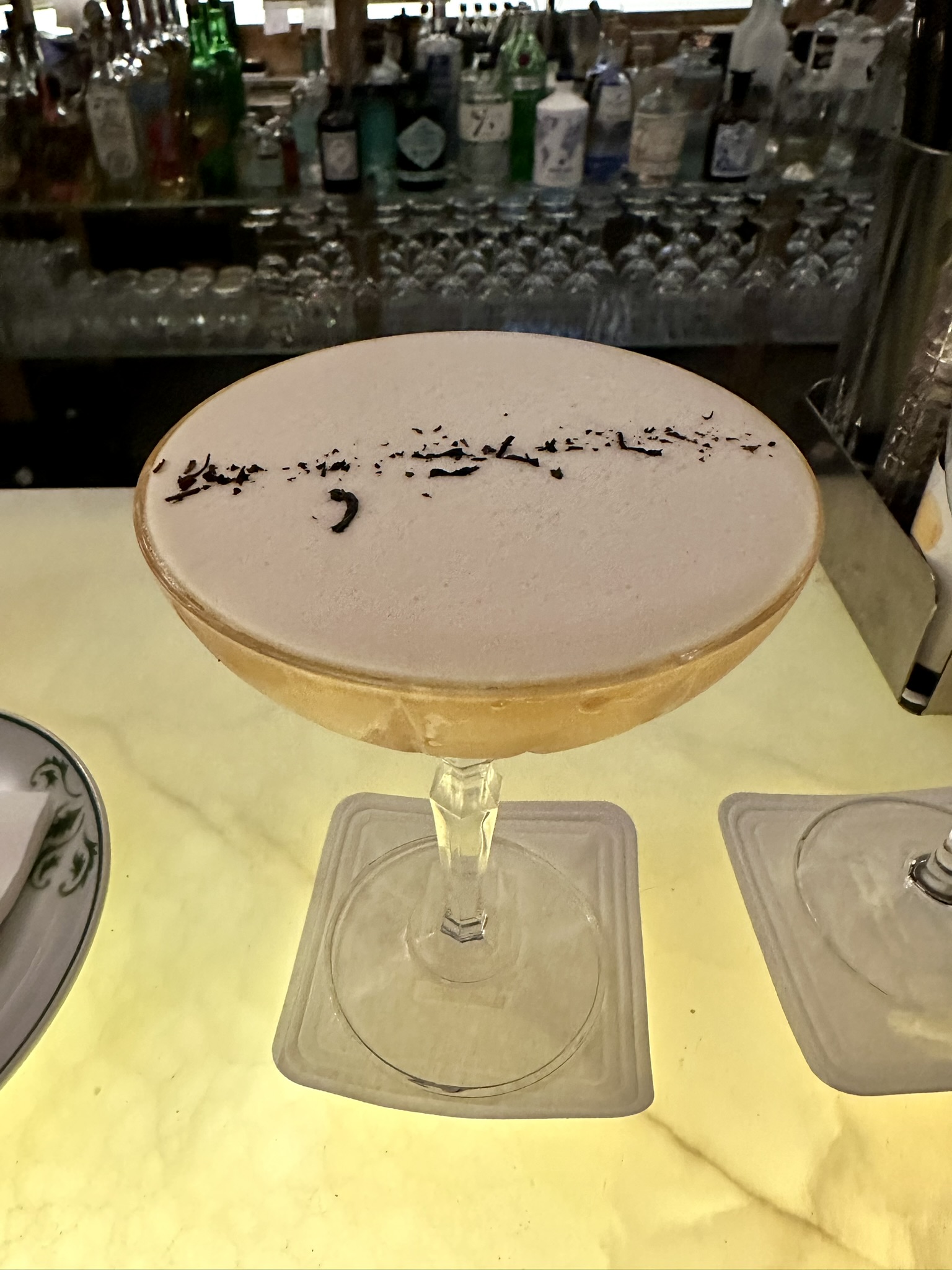
On my next post I’ll cover our trip to the Spanish Palace and Museo del Prado which was a once in a lifetime experience. Thank you for reading and exploring with me!
